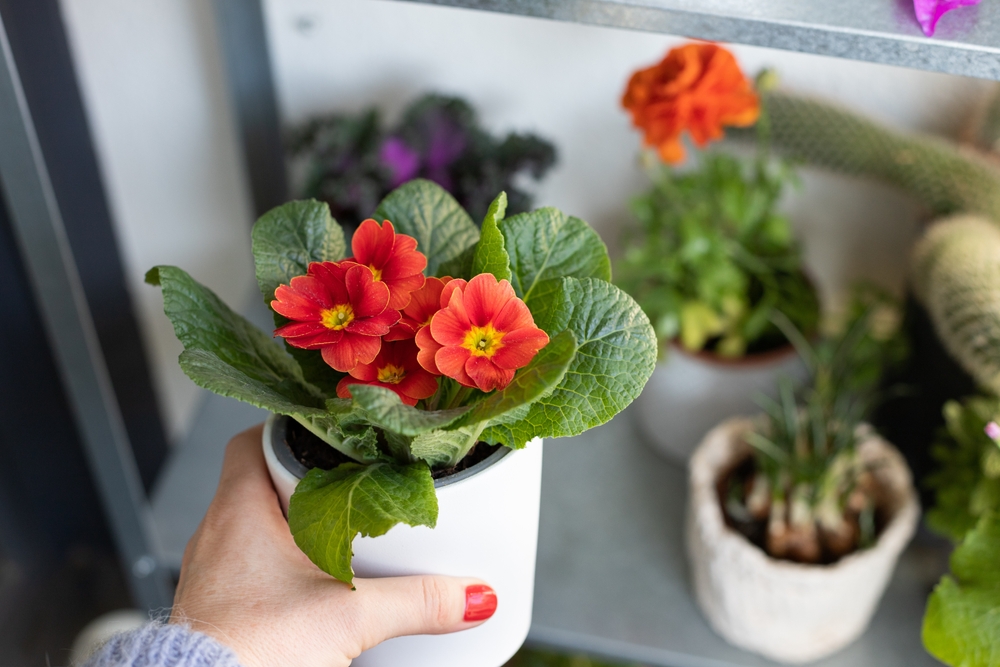There are certain plants that can grow both outdoors and indoors, but will do so in different ways and will require differing expectations and care. A good example here is the primrose plant – while this plant is usually grown long-term outdoors, it’s also sometimes used as a short-term indoor houseplant.
At Millcreek Gardens, we’re happy to offer a wide range of quality plants for sale in our plant nursery, assisting clients with any of their possible needs. If you’ve decided to care for a primrose plant in an indoor setting, here are some of the basics to keep in mind – including a quick note at the end on possible eventual conversions to an outdoor plant.

Have the Right Expectations
As we noted above, it’s important to have the proper expectations if you’re purchasing a primrose plant for indoor care. In these settings, primroses are only meant to flower for a few weeks, after which the remaining foliage should be removed and replaced with new, fresh plantings. We’ll discuss your options for how to proceed once the flowers are gone in just a bit.
Light
If you’re going to be growing a primrose plant indoors, bright light will be required – either on a direct or indirect basis. If the plant is placed too far away from a window, it’s likely that the flowers will not open properly – and if left without any light at all, then the entire primrose could die off entirely.
Water
Primroses need plenty of water in order to thrive indoors, but be careful not to overdo it – as if you water them too much, they can be at-risk of root rot, which can be difficult to recover from. The key here is watering the entire soil surface of the plant as evenly as possible – try to water anytime the top of the soil feels dry, preventing it from drying out and causing the death of the plant.
Fertilizer
The only time when primrose houseplants should receive fertilizer is when they’re actively in bloom, during which periods they should get fertilizer about once a month. While not absolutely necessary, fertilizer will help the primrose perform better and look its best – but again, only when it’s in flower.
Temperature
In ideal settings, primrose plants will be grown indoors between 50 and 65 degrees Fahrenheit. At their extreme limits, they should never be allowed to exceed 80 degrees Fahrenheit.
Outdoor Conversion
Finally, once the indoor flowering period is over, you can consider transferring your primrose plant to an outdoor setting. This process should be done slowly and carefully, as the transition requires time for the plant to adjust – so choose a spot in partial shade and let them gradually acclimate, in order to ensure their long-term health.
For more on the process of caring for primroses in both indoor and outdoor settings, please don’t hesitate to contact the team at Millcreek Gardens today – we’re here to help with all your gardening needs. Happy planting!


